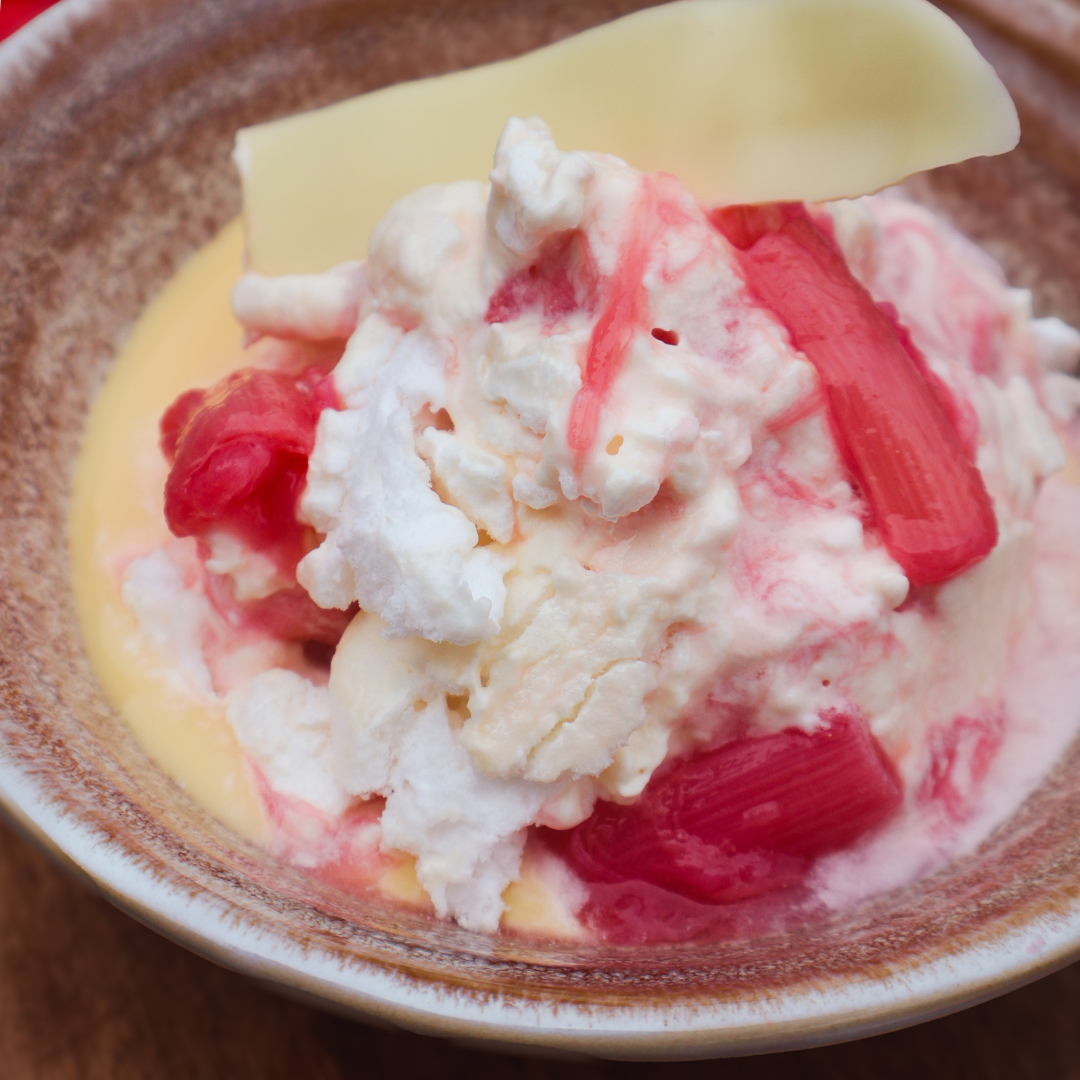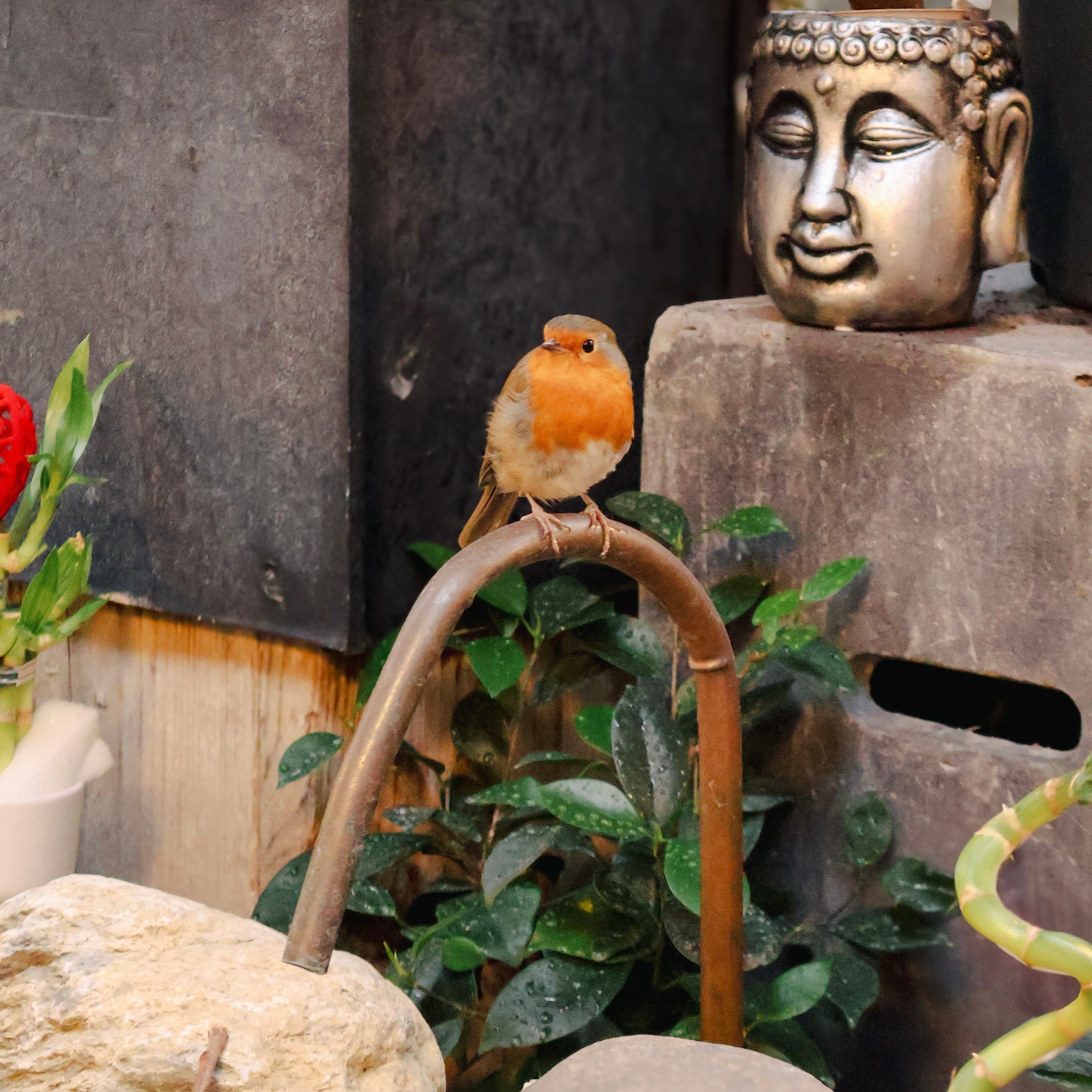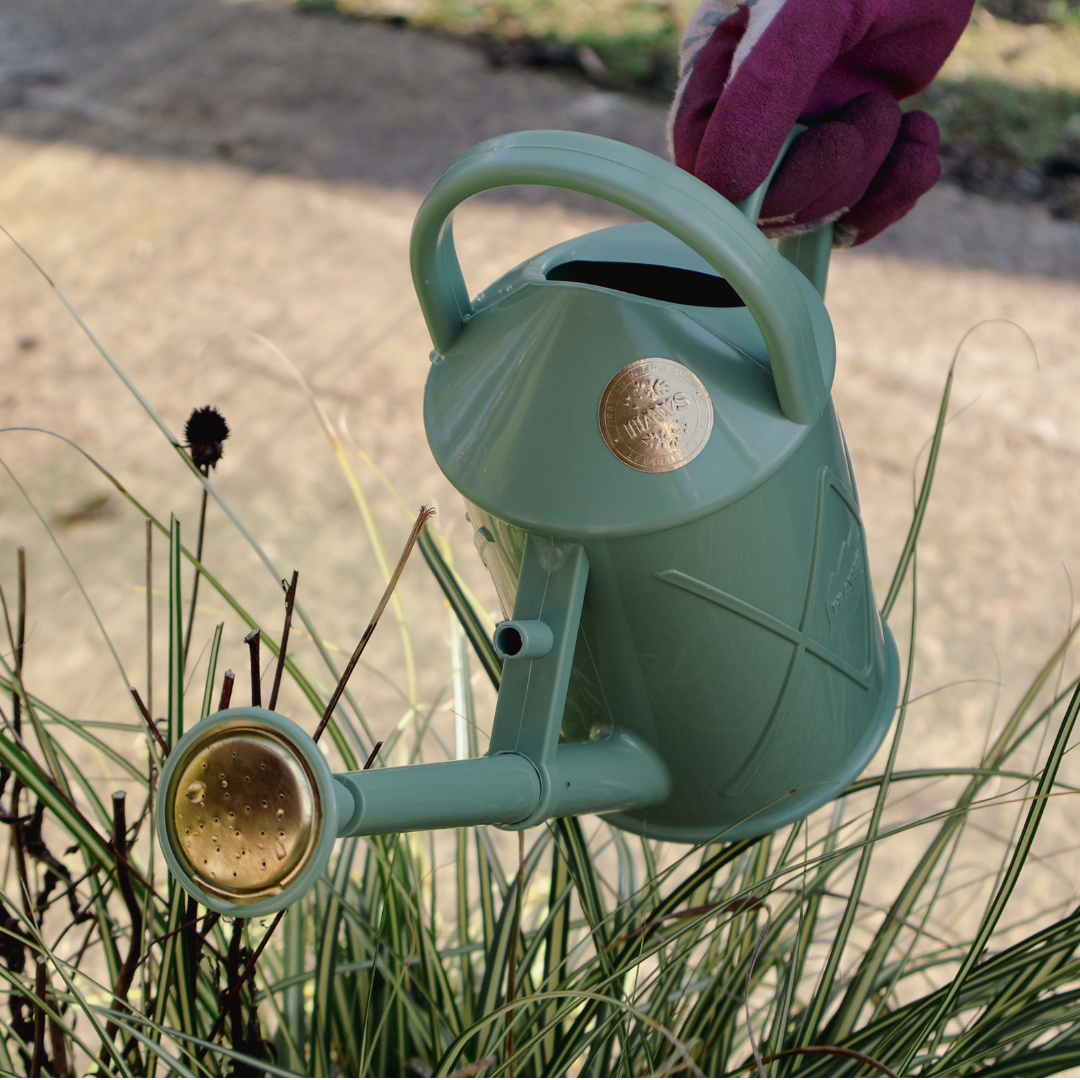Growing Rhubarb: From Traditional Methods to Modern Techniques

Growing Rhubarb: From Traditional Methods to Modern Techniques for Sweet, Tender Stalks
Rhubarb is one of those iconic vegetables that has been cherished by gardeners for generations. Not only is it a reliable and perennial crop, but it also boasts a fascinating history, especially when it comes to the methods used to grow it. We’ll take you on a journey through time, exploring how rhubarb was traditionally grown, including the fascinating practice of forcing it in the dark for sweeter, more tender stalks. We’ll also show you how you can grow this delicious crop today, blending the old methods with modern techniques.
Rhubarb: A Staple for Centuries
Rhubarb has long been a part of British gardens, dating back to the 18th century, and it was often referred to as “pie plant” because of its essential role in the beloved rhubarb pie. Known for its tart, tangy flavour, rhubarb is prized for its versatility in both desserts and savoury dishes.
However, the cultivation methods for rhubarb used to be far more intricate, with gardeners going to great lengths to ensure the stalks were tender and sweet. Rhubarb can be a bit tough when grown in the open air under natural conditions, but with a little creative gardening know-how, it could be coaxed into producing more delicate, flavourful stalks.

Traditional Method: Forcing Rhubarb in the Dark
In the past, one of the most fascinating and popular ways to grow rhubarb was through the practice of forcing. This method was particularly common in the colder months, when gardeners wanted to harvest rhubarb earlier in the season, well before it would naturally mature outdoors.
So, how did they do it?
The Forcing Process: The key to forcing rhubarb was to grow it in the dark. Traditionally, gardeners would place rhubarb crowns in large, darkened sheds, cellars, or specially built forcing houses. These structures were heated with nothing more than the warmth of a few candles or the heat of a wood stove.
Creating the Ideal Environment: The absence of light and the warmth from the candles or stove encouraged the rhubarb to grow quickly, stretching toward the light in search of energy. Without the bright sunlight that would typically toughen the plant, the stalks would become pale, tender, and incredibly sweet.
Why Force Rhubarb?: The process of forcing rhubarb in this way made the stalks softer and less fibrous. The flavour was sweeter and more delicate than rhubarb grown in natural conditions, making it highly prized. It was a method used by commercial growers and home gardeners alike, especially in the early spring, when the first delicate rhubarb stalks were in high demand.
This practice became so beloved that “forced rhubarb” was seen as a special treat, and it earned its own protected geographical indication (PGI) status in the UK, specifically for Yorkshire Forced Rhubarb.
Modern Methods: Easier Yet Still Delicious
While the traditional method of forcing rhubarb by candlelight has mostly faded into history, the practice is still alive in certain parts of the world, particularly in professional growing environments. However, modern gardeners can still grow rhubarb the traditional way, without the need for forced environments or candlelight.
Here’s how you can grow rhubarb today, incorporating some modern techniques while still embracing the timeless charm of this beautiful vegetable:
Choose the Right Location: As rhubarb is a perennial, it’s best to plant it in a sunny spot that offers well-draining soil. It loves full sun for at least six hours a day, though it can tolerate partial shade.
Planting: Rhubarb is usually grown from crowns—the roots of the plant—which can be purchased from a garden centre or obtained from a friend. Plant these crowns in the spring or autumn, ensuring that they are spaced about 90cm (3 feet) apart to allow for ample growth.
Watering and Mulching: Rhubarb requires a good amount of moisture, especially when it’s growing. Ensure that the soil remains consistently moist (but not waterlogged). A layer of mulch around the base of the plant will help retain moisture, keep the weeds at bay, and keep the soil temperature steady.
Forcing Rhubarb (The Modern Twist): If you want to experience a version of the old-fashioned practice of forcing, you can still try this at home—but with a modern twist. You can grow rhubarb in a large pot or container and place it in a sheltered, dark spot in your garden or greenhouse. Alternatively, you can use a traditional forcing pot (a large ceramic container) placed over the crown, which blocks out light and encourages early growth. You won’t need candles or a wood stove, but a little warmth and a dark environment will do the trick. Just be sure to harvest the early stalks carefully so the plant can continue to thrive.
Harvesting: After the first year, rhubarb can be harvested in late spring or early summer. When harvesting, make sure to pull the stalks by hand rather than cutting them, as this avoids damaging the crown. Remember to leave a third of the plant’s stalks in place so the rhubarb can continue to grow and thrive.
The Beauty of Rhubarb in Your Garden
Growing rhubarb in your garden offers many benefits. Not only does it produce delicious, versatile food, but it also creates a stunning focal point with its large, bold leaves and vibrant red stalks. Plus, since rhubarb is a perennial, once you plant it, you’ll enjoy harvests for years to come!
Even though we no longer have to rely on candlelight and darkened sheds to force rhubarb, this fascinating practice remains a part of gardening history. By incorporating some of these traditional methods into your gardening routine today, you can enjoy the same sweet, tender stalks that were once prized by Victorian gardeners.
We’re thrilled to announce that our garden centre has partnered with guest chef Adriano Elam to bring you a fresh and delightful twist on a classic British dessert—Rhubarb Eton Mess!
We have chosen this iconic veggie to send you on a flavourful journey this spring. In our Rhubarb Eton Mess, it’s gently cooked down with just the right amount of sweetness, making it the ideal counterpart to the light, crispy meringue and smooth whipped cream. It’s a fun, indulgent way to showcase local produce at its peak!
Event Details:
Bourne End:
Date: 25th of February
Time: 12-3pm
Location: Bourne End, SL8 5EE
Iver:
Date: 26th of February
Time: 12-3pm
Location: Iver, SL0 0EW
Come down to our garden centre and treat yourself to Chef Adriano Elam’s Rhubarb Eton Mess. Whether you’re a fan of rhubarb or just looking to try something new, this dessert will surely hit the spot. We can’t wait to share this special spring treat with you, and we look forward to seeing you soon!




